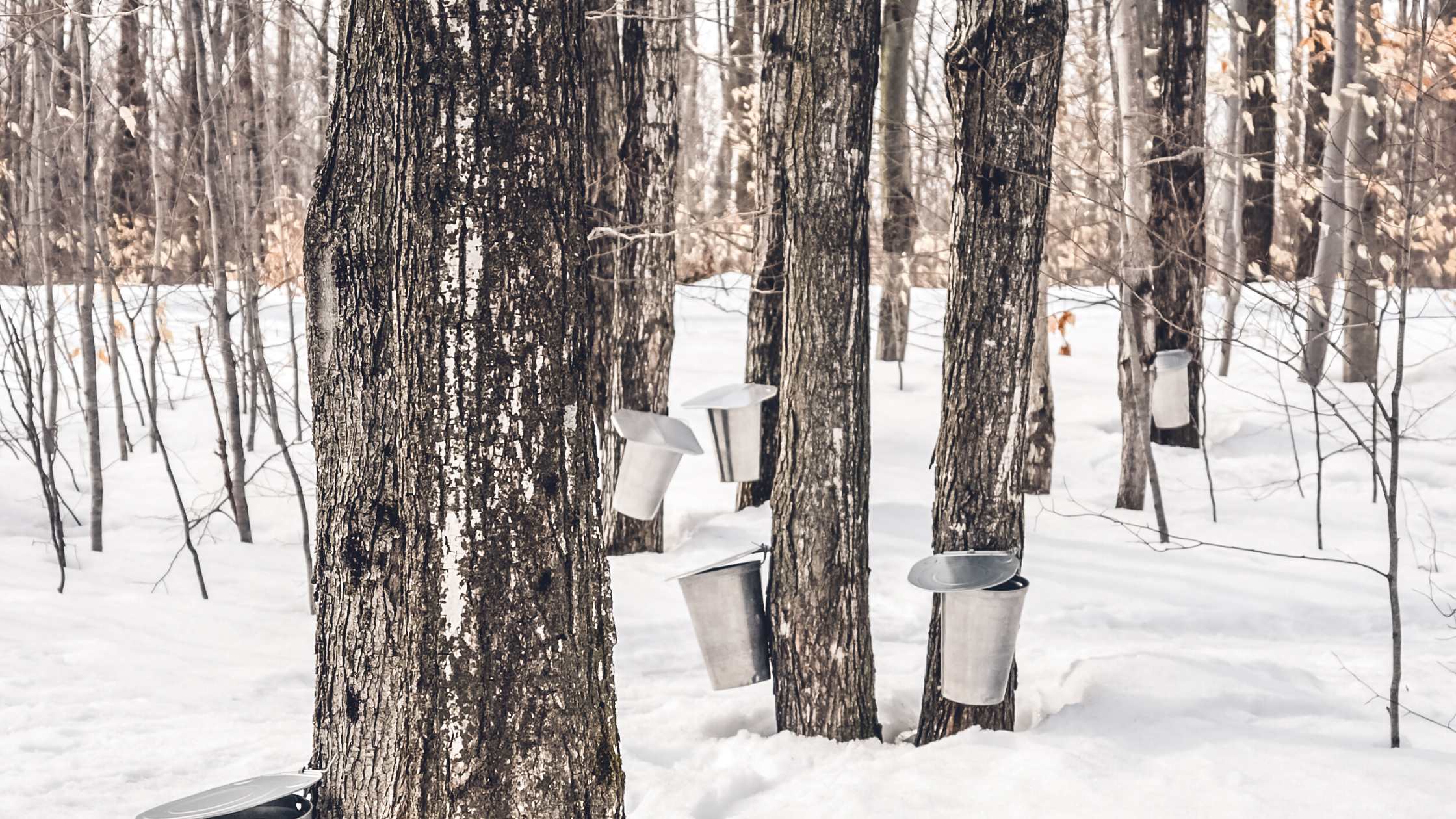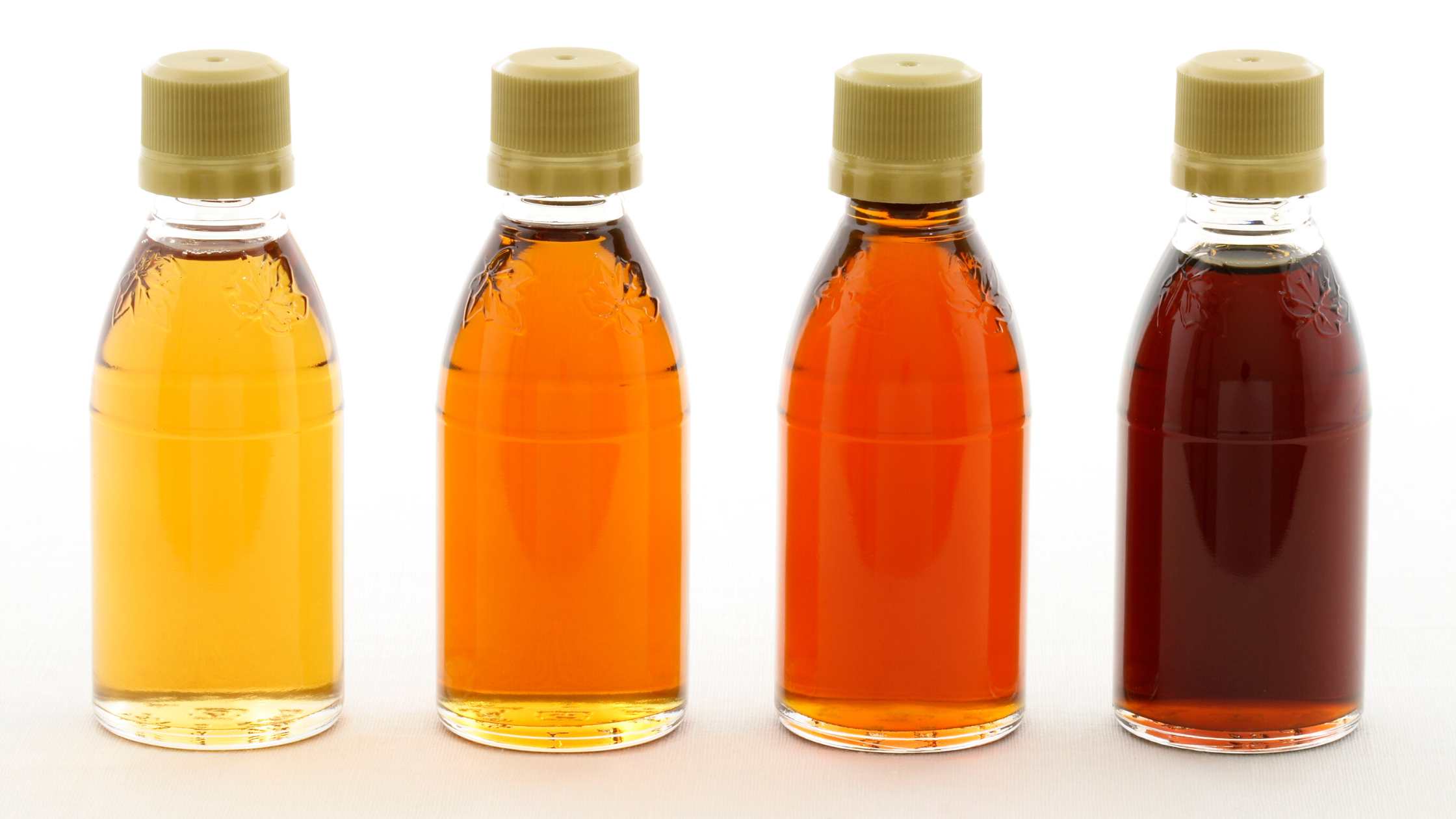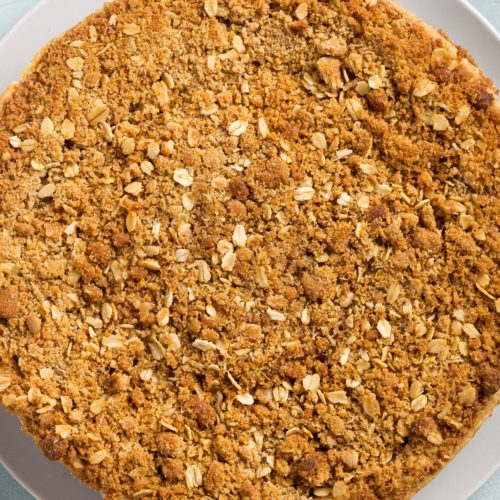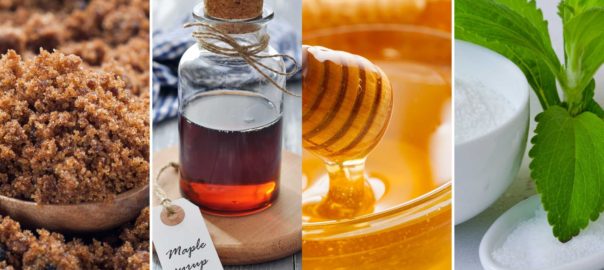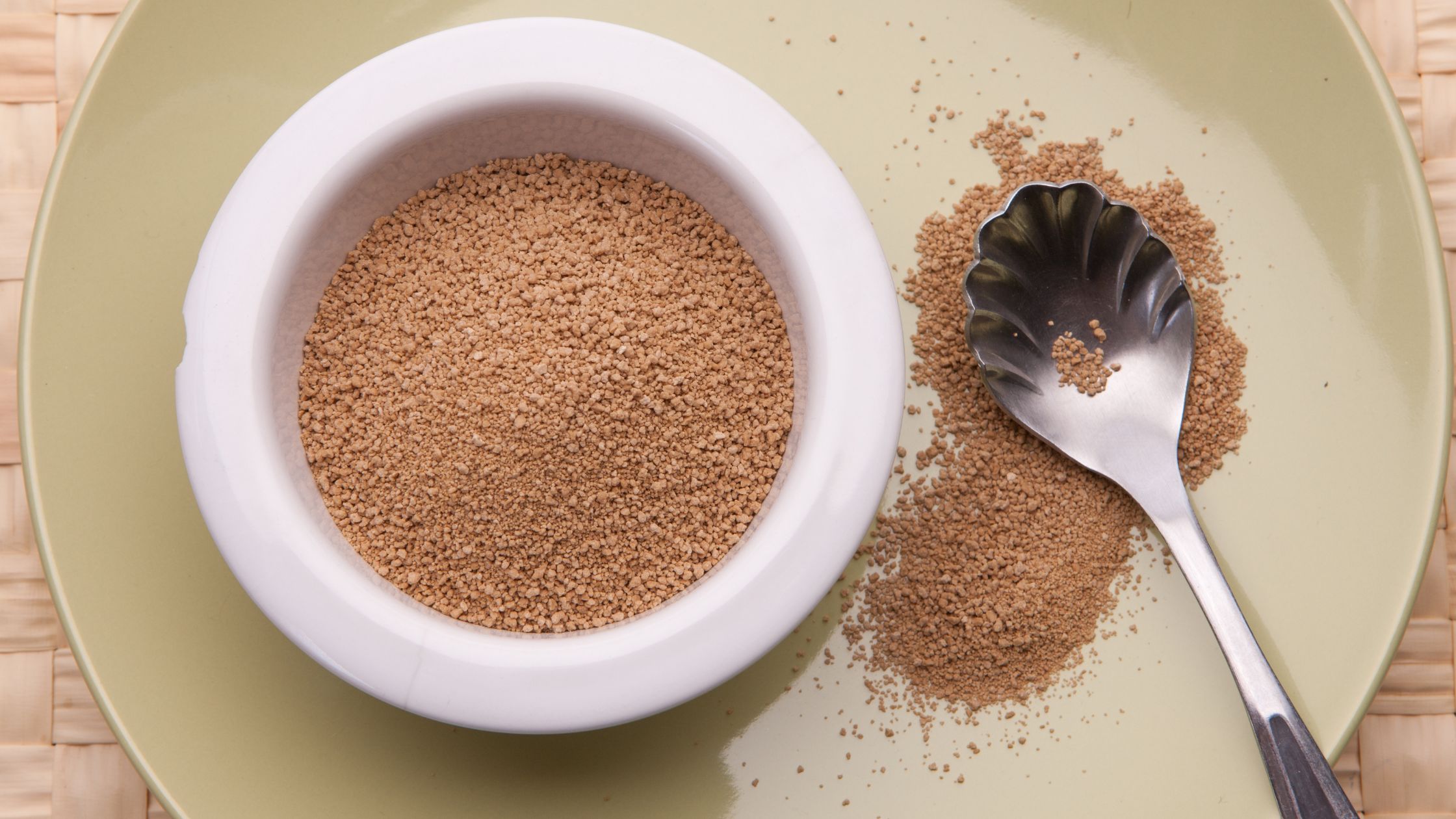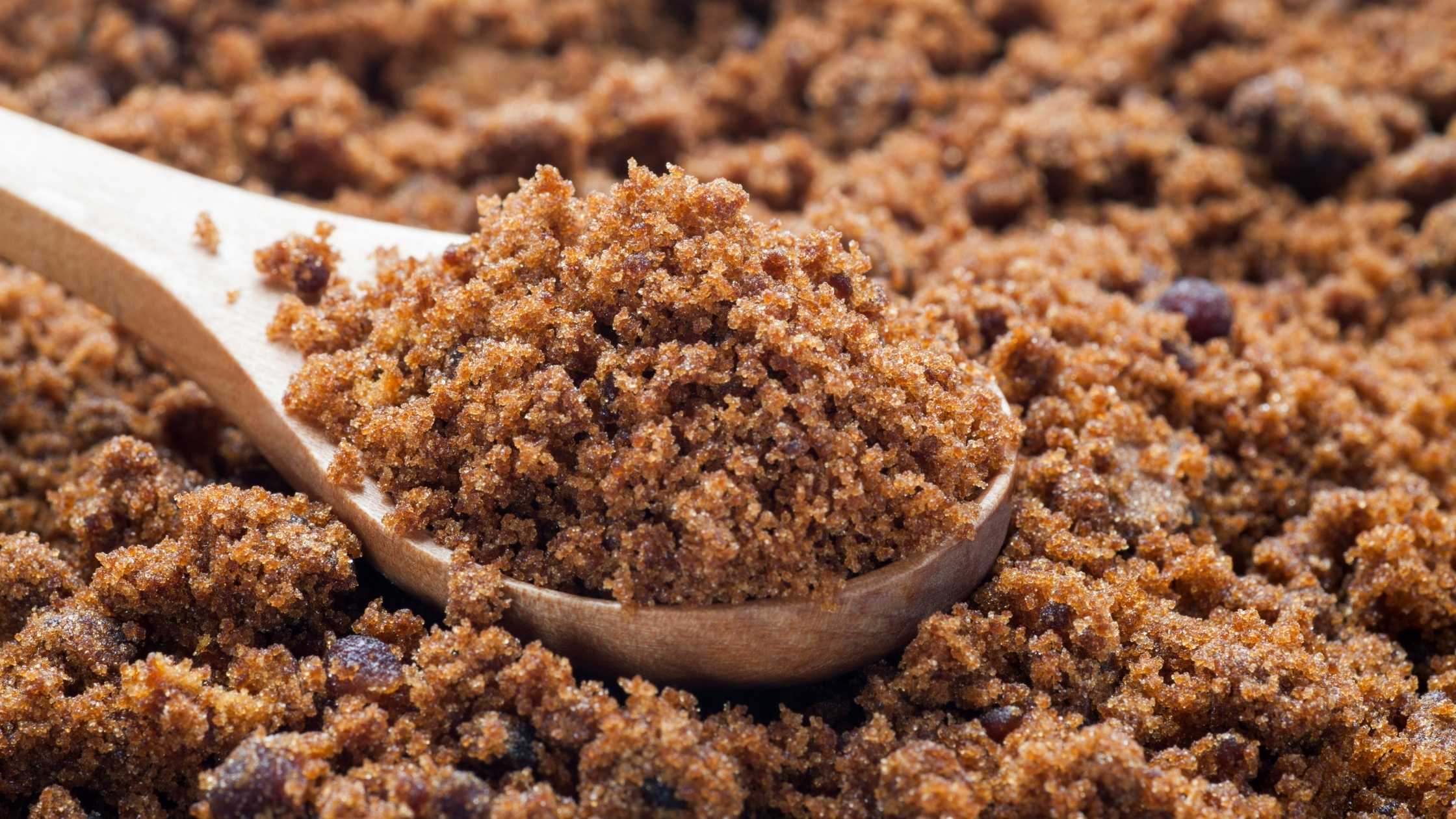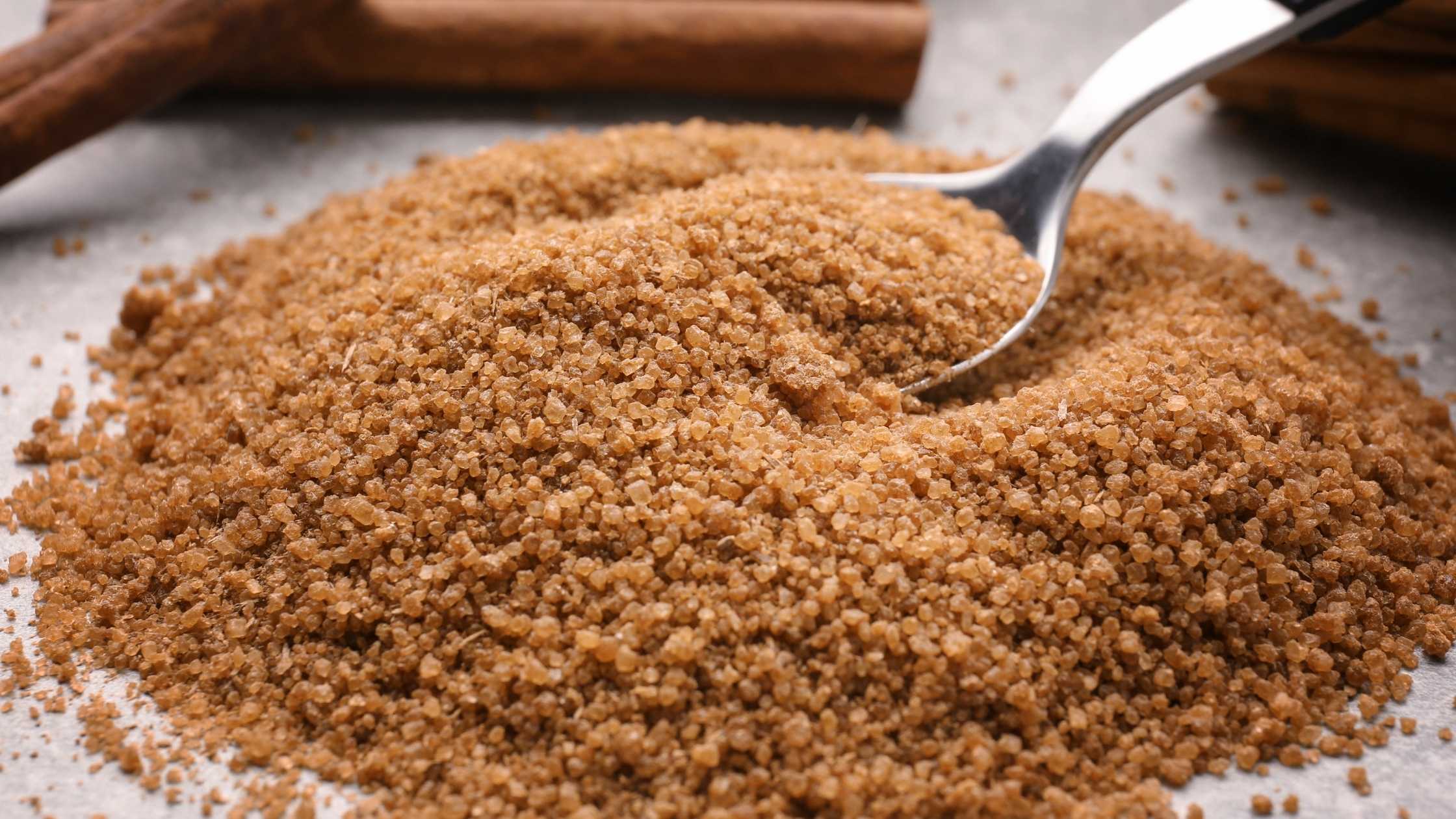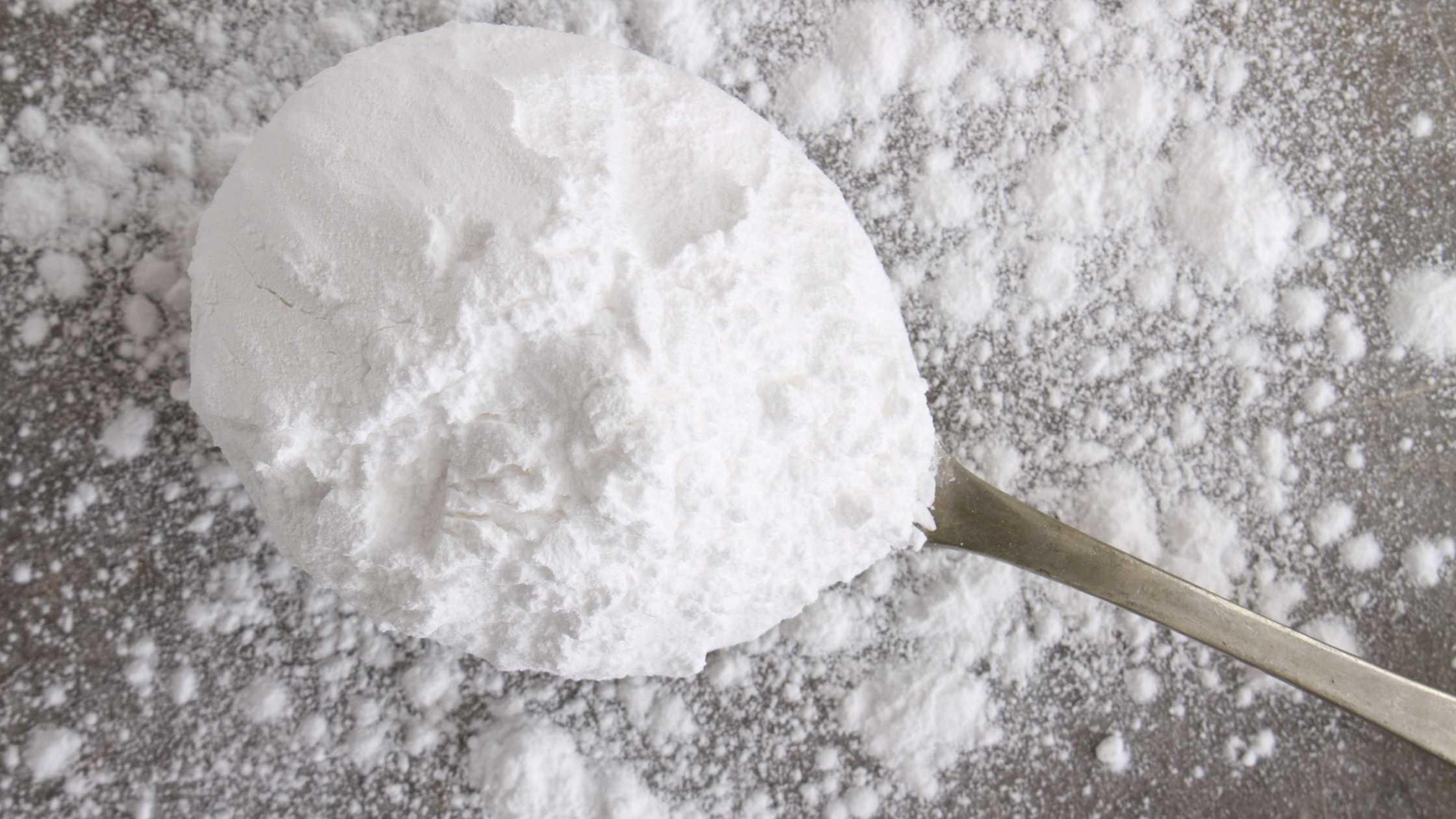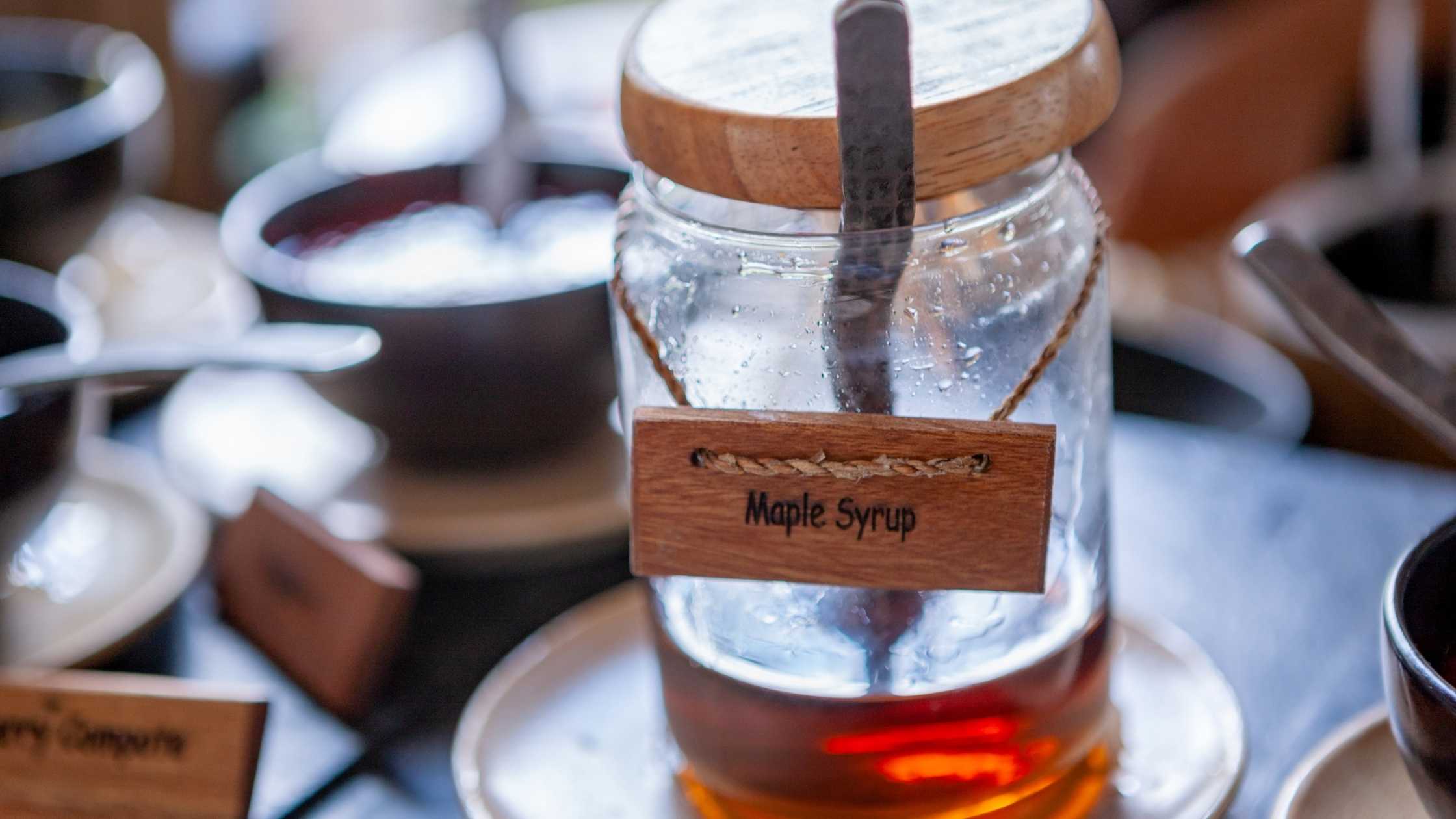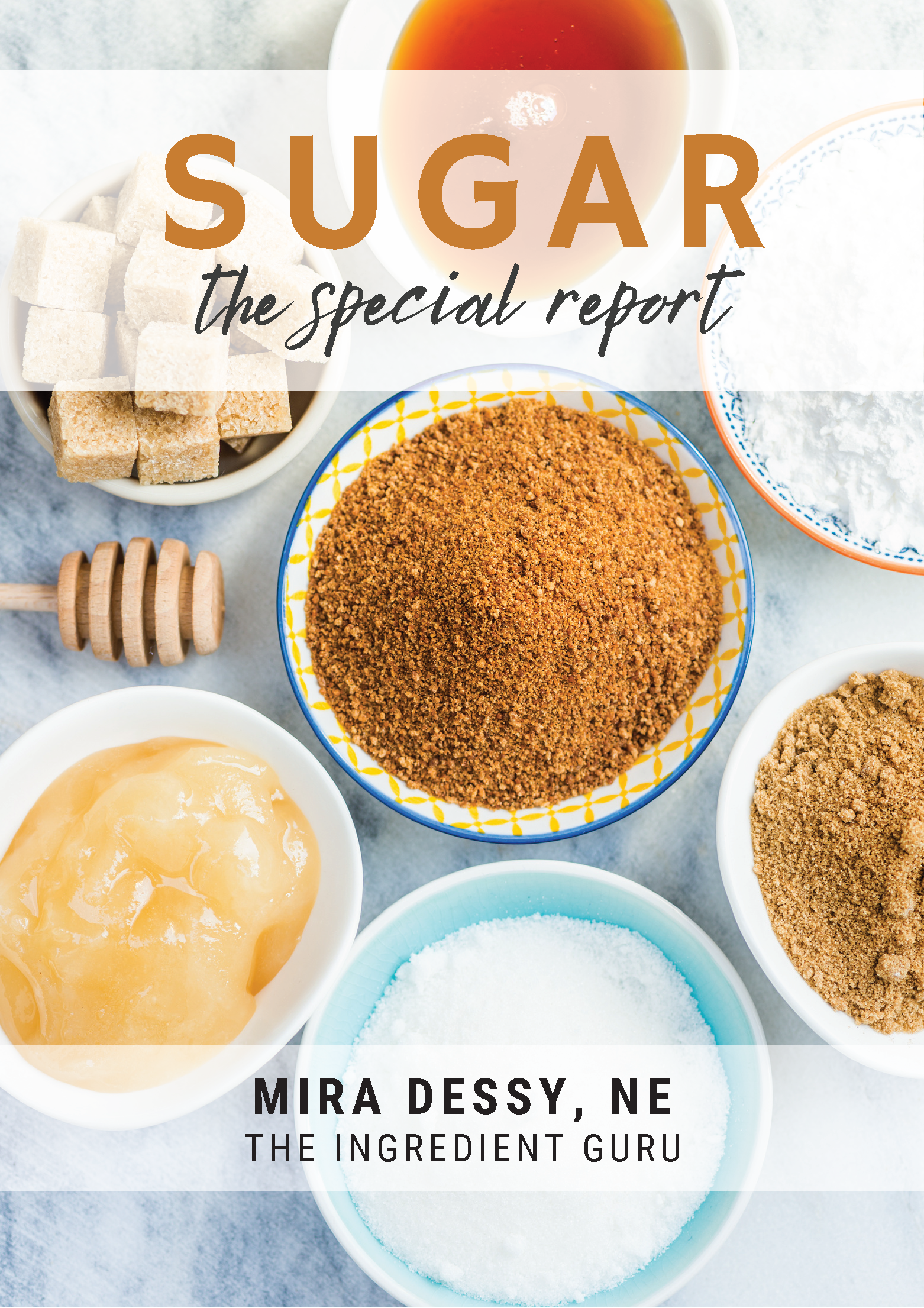 My friend Claire recently learned about using carob as a substitute for chocolate and decided that she wanted to try it. She felt that it was best to start with a recipe that already used carob and try to change the sugar/fat ratios so she picked this recipe.
My friend Claire recently learned about using carob as a substitute for chocolate and decided that she wanted to try it. She felt that it was best to start with a recipe that already used carob and try to change the sugar/fat ratios so she picked this recipe.
My reply: “This certainly looks great and your picture looks wonderful!! I would make one small change. Instead of brown sugar (which these days is nothing more than white sugar stained with molasses) I would try demerara sugar which is a lower process than white sugar and has a fairly good moisture content mimicking the effect of brown sugar.
In case you are wondering why manufacturers pull the molasses out of sugar to make white sugar and then add it back to make brown, it's so that they can get a consistent color palette in the product. Silly but that's why they do it.
As to the moisture…the cake probably came out a little drier because you used less sweetener. You can try to modify that by either adding a little more fat (oil or butter) or by adding something like sour cream (just a little) to help which would also give a subtle richness to the cake or applesauce which would help add moisture. The applesauce typically doesn't add anything to the flavor profile, just moisture.
Since I personally encourage people to eat more whole grains I would leave the whole wheat the way it is is the recipe, switching back to 100% enriched flour is nutritionally less desirable and will also significantly change the properties of the cake.”
As a general note, when you are modifying recipes it's sometimes difficult to remember all the different pieces that make up the whole. Changing one ingredient can have a major effect on the overall result. When working with baked goods the most important things to think about are if your change will impact the loft (whole grains are more dense requiring possibly more moisture or more leavening), the moisture, or the flavor. But most importantly, like Claire, have fun and experiment with your food.
Photo: Courtesy of Claire Wang


